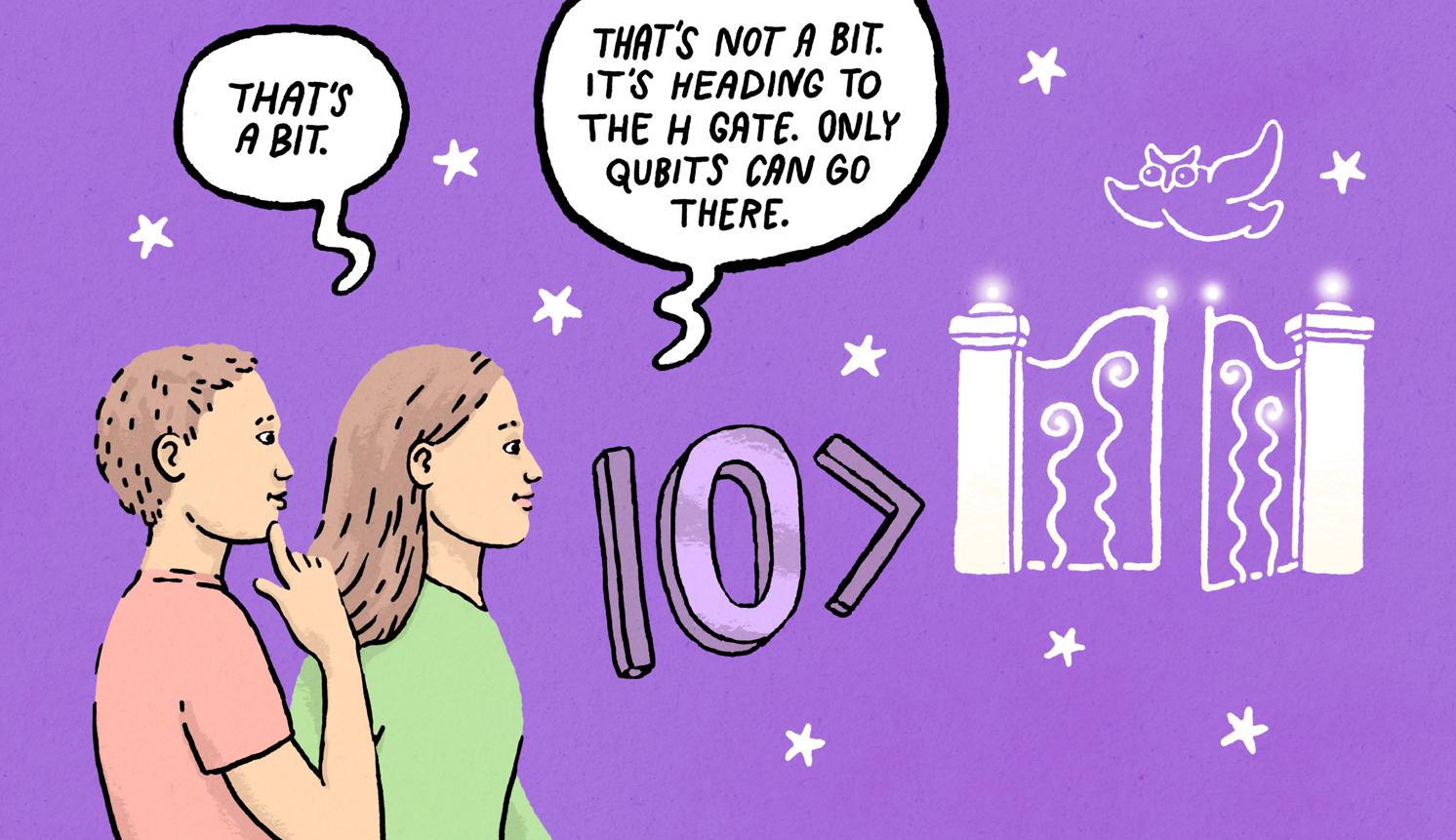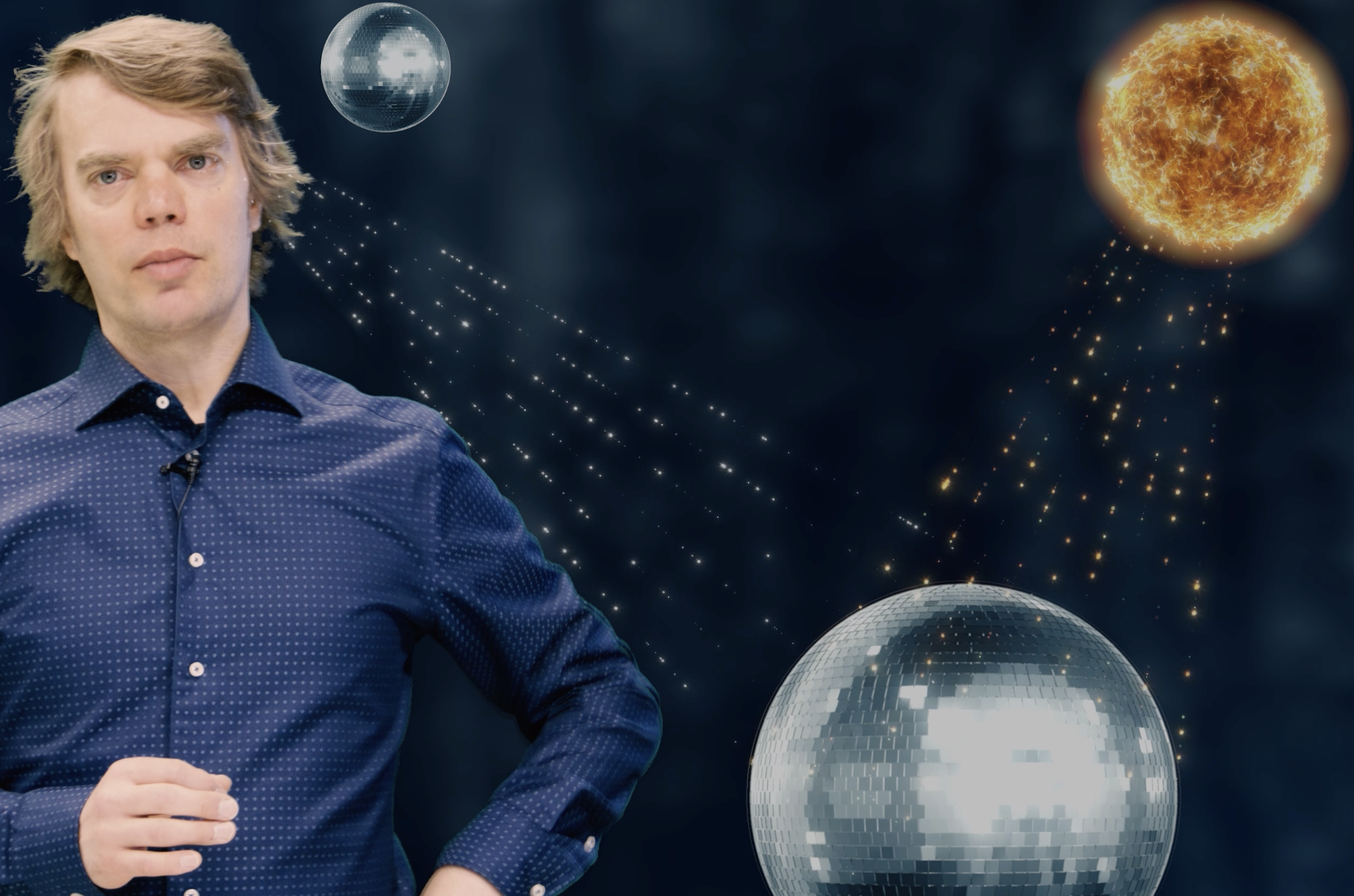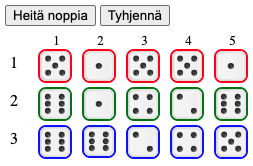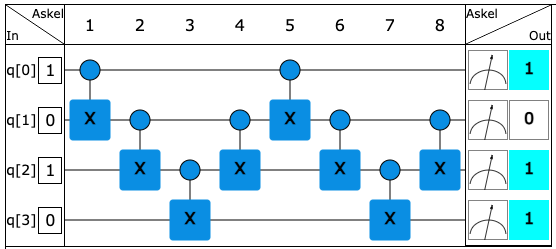The ABCs of Quantum Computing

What is it about?
Quantum physics, information and computation are intertwined. But how? Quantum computing is frequently in the news. So what is does it mean?
What is a qubit anyway?

Quantum information is different from ordinary information, so the rules for processing it are also different. An introduction to quantum information and quantum computing will help you understand the possibilities and limitations of information processing. This is a timely topic, as quantum computers are rapidly evolving and their potential is beginning to emerge.
The ABCs of Quantum Computing is an information package on quantum information and quantum computing for anyone interested. Part A is the first in a three-part the course series and it focuses on the basic concepts. The final section of Part A consists of exercises using a quantum gate simulator.
You can access the actual course material from the Document section in the top bar or from here. (The top bar appears when you log in to TIM.) This page contains general instructions on how to complete the course. If you already have a burning desire to learn quantum computing, you can jump to the document and return to the instructions when you feel you need them.
Note!
If you want a mark for the course, please register for the course before you start doing the assignments. Even if you don't care about a mark, by registering you will have access to the full course material.
Once registered, your assignments will be saved and you can return to them later. The course is mainly open without registration, but the discussion board and the assignments in the last section require registration either through the University of Jyväskylä or the Open University. The course is free of charge when taken through the Open University.
-> course registration for University of Jyväskylä students in Sisu
-> course registration via the Open University
If you do not wish to register for the course, it is still recommended to log in to TIM. This will give you access to most of the course material and save the assignments you have done.
If you just want to browse the course material, that's fine too. However, remember to log in to TIM and possibly register for the course at the point where you start to get interested in doing the assignments.
Who is the course intended for?
Part A of Quantum Computing is suitable for anyone interested in quantum computing. Part A covers basic concepts without the mathematical machinery of quantum theory, which only comes into play in Part B. You don't need any real prerequisites, but some exercises may require patience. Gate computation is best learned by practice. In particular, the gate simulator tasks may require some trial and error.
What will you learn on the course?
The course focuses on the essential basic concepts needed to understand quantum information and quantum computation. The five topics covered in the course are quantum physics, randomness and probability, information, gate computation and quantum gate computation.
After carefully completing Part A with all the exercises
- you will understand the physical concepts of state and measurement
- you will recognize the connection between physics and information processing
- you will be able to interpret the probability distribution as the result of a quantum measurement
- you will understand the difference between a bit and a qubit
- you will know the principles of gate computation and quantum gate computation and their differences
- you can follow simple information processing via gate computation, such as summation and error correction
- you will know a set of common quantum gates and can form circuits from them
In addition, Part A lays the groundwork for an introduction to the mathematical language of quantum computing, which will be dived into in Part B.
Does anyone really bother to learn quantum computing?
Yes, over the years there have been a few people who have actually put in the effort to learn quantum computing. You won't know until you try it whether you are one of them. In this course, the path to learning quantum computing has been cushioned, but the concepts have not been overly simplified. What you learn in this course will actually take you closer to understanding and knowing quantum information and quantum computing.

We have tried to make learning interesting through interactive exercises.

Towards the end, the number of exercises increases and they become more interesting.

Completing the course
All of the course material is contained in the course document. To complete the course, please read all of the course material and in particular
test all Try it yourself boxes yourself
answer all questions (it is OK to answer incorrectly)
complete all of the exercises
at the very end, reflect on what you have learned and summarise the main points in a few sentences
Click Save after your activity whenever there is one in the box. This way your work will be recorded. Saving will also cause your answer to be checked. If your answer is wrong, then for the exercises, keep trying.
You can only answer a question once, so it's not a good idea to go off on a wild guess. If in doubt, go back to the text and videos or the 'try it yourself' box that accompanies the question. Of course, it's OK to get it wrong, but then you know you need a refresher. The purpose of the questions is to give you a chance to test that you've understood the point.
You can do the exercises as many times as you need to. The exercises will give you practice on the topics covered in the course. Typically, the insight sought in an assignment requires experimentation. When a gate assignment comes up, fearlessly try all the gates and inputs it allows. As a general rule, it is recommended to complete the exercises as they come up. You can also leave a difficult exercise for later. To pass the course, all exercises must be completed.
You can check your performance at the end of the document, where you will find a list of unanswered questions and unfinished exercises.
Need help with your tasks?
If you need help with course assignments or want clarification on something, the right place to ask questions is the course discussion board. You can access the discussion board from the Discussion section in the top bar. In the forum, questions are answered by the course tutors, but other students are also welcome to provide answers to questions. The forum does not provide the right answers directly, but rather tips and advice on how to move forward.
For many of the tasks, you can already find a hint by clicking on the green owl below the task. If you get stuck, ask for advice in the discussion board. It's worth checking the previous discussion first, as someone else may have already asked the same question.
Who is responsible?
The teacher in charge is Teiko Heinosaari. For any questions regarding the course, please contact teachers at kvanttiaakkoset@jyu.fi. Any questions regarding exercises or other course material belong in the discussion board.
The course is also being examined
The course will be developed based on research. All course participants are invited to participate in the research, although participation is voluntary. You can refuse to participate in the research or withdraw at any time by contacting the course teacher. Participation or non-participation in the research will not affect the completion of the course, course requirements or assessment. The research will be conducted with the students' names masked.
The results of the study will be used to write theses and possibly research articles. No participant in the study can be identified from publications. For more information about the study, please contact Teiko Heinosaare.
General guidelines for using the document
The course material is one single document with text, videos, questions and exercises. Go through the course material as if you were reading a book. Go back to the previous sections if you find you need to review something before you can move on. You should be able to use the document without any special instructions. Review the instructions below if you feel you need to at any point.
Instructions for watching videos:
- Before you start watching the video, read the accompanying text next to or below the video (depending on the device you are using).
- Speed allows you to adjust the speed of the video.
- Adv allows you to see the forward and backward jump controls.
- Subtitles can be changed by clicking the three vertical dots (Chrome) or on the CC icon (Firefox).
- Hide file allows you to hide the video view after watching it.
I will not do the course in one sitting. How do I remember where I am?
There are orange bars on the right-hand side of the page. The orange bar indicates a block that you have not yet read. Click on the orange bar to mark it as read. Click on ![]() to mark the document blocks up to the previous title level as read. If you don't like the bars, you can disable them completely by clicking on the wheel -> Mark all as read. However, the bars are the preferred way to keep track of your progress, so you should at least try using them.
to mark the document blocks up to the previous title level as read. If you don't like the bars, you can disable them completely by clicking on the wheel -> Mark all as read. However, the bars are the preferred way to keep track of your progress, so you should at least try using them.
I'd like to write myself notes in the margin. How can I do that?
Writing a note in the margin is called commenting in TIM. It is worth making commenting an active part of your learning. Here's how to do it:
- Click on a block and then on the edit menu
 . Select Comment/note.
. Select Comment/note. - Enter your comment in the Add comment form.
- Select whether the comment is visible to everyone (Everyone) or only to you (Just me).
- Save the comment by clicking on Save.
Note! Even if you write a comment for everyone, your name will not appear in it. You are welcome to share your thoughts with others.
If you have moved the editing menu to the left of the block, click on the block and the letter C (Comment) will appear on the right, click on the letter C
What is TIM?
The ABCs of Quantum Computing uses TIM as its platform. TIM (The Interactive Material) is a versatile learning platform that allows the creation of interactive learning materials. TIM is open source software maintained by the Faculty of Information Technology at the University of Jyväskylä. More about TIM can be found here. The essential thing for this course is that this TIM document contains different interactive tasks. In addition, you can modify the view of the document to some extent to your liking. The image in the upper left corner of the book shows the table of contents.
These are the current permissions for this document; please modify if needed. You can always modify these permissions from the manage page.